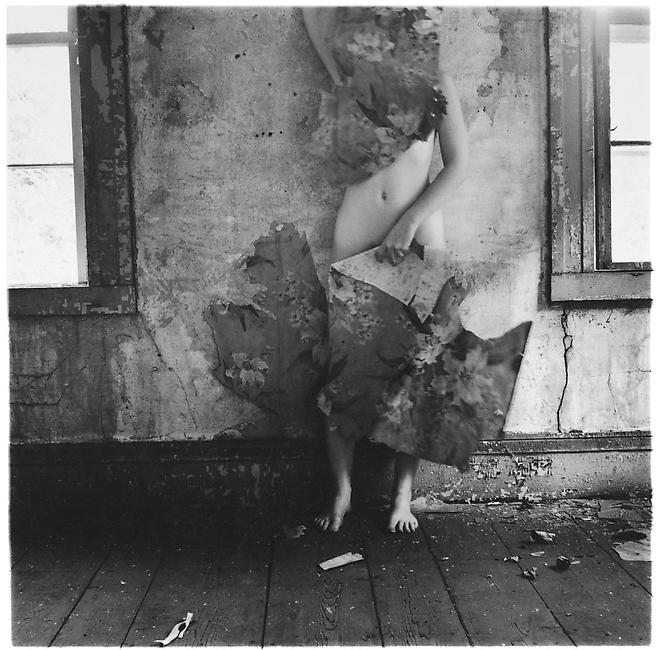I suppose it’s always good to review lighting. There are many options, especially when the weather is nice and you can utilize natural light options. Reading this also really makes me want to take a lighting class because there are plenty of interesting effects that can be achieved through lighting if you know how, but only so much can be learned from a book. I also love the “Reentering My Past” image by Sarah Buckius that is used in this chapter to show various colored light filters. I would love to experiment with cellophane over lights to create different colors of light in an image like that.
Tag Archives: April Hayden
How to put 35mm film in your Holga-the cheap way!
This is a somewhat goofy, but overall very helpful video for a cheap and relatively easy Holga modification.
[youtube http://www.youtube.com/watch?v=g33wQ5G_FrQ?rel=0]
Also, I finally figured out how to post a video to the blog! yay me
Light and Shadow: Theory p. 107-131 Response
Having read this section about light and shadow before, I looked for new things that sparked my interest. I noticed that I have become a lot more familiar with the artists featured in this section. Sugimoto’s use of light from large movie screens that are just white and glowing in his long exposures. Anna Gaskell, who’s creepy images fully utilize dramatic lighting to create certain moods, has become very inspirational for me lately in my last few projects. I hope to have an opportunity int he future to experiment with a strobe outdoors like Steven Miller.
Theory 4A: Series and Sequence Response
This reading made me think about the reasons an artist would want to work in a series. The organization and comparison that a series allows for can create work within a whole new context. The Bechers are well known for their architectural structures that they categorize by building type and purpose and display within a grid of similar images. Annette Messager has done series of images of individual body parts. Her arrangement of the images into one shape with the photographs overlapping creates a very overwhelming piece. I have been getting much more interested in working in a series lately. I have realized that it allows for more exploration into one subject or style of photography and can create a very powerful presentation.
Anna Gaskell
Garth suggested that I look up Anna Gaskell’s work and I totally loved it. I’m planning to continue with a similar theme from the Narrative project for our Death of the silver gelatin print? project. She does a fantastic mix of adorable, whimsical children as well as really creepy images where you can’t tell quite what’s going on at first glance. Here are some of my favorites:
Alt. Process Reading Ch. 8
This reading inspired me to look for more surfaces to try cyanotype on. I love the idea of using ceramics as materials to decorate with cyanotypes. I discovered Deirdre Hawthorne who does lovely work such as this:
Then I looked up Galina Manikova, who’s stoneware and cyanotype piece is featured in the book. For one, she has a crazy and bizarre website that everyone should check out purely based on it’s strangeness, but she also has done some really interesting and alternative things with cyan. Here are a few examples:
Okay, not cyan, but really awesome display of photography!!!
Her website: www.galina.no
“In Plato’s Cave” Response
Sontag first talks about what is seen as either real or not real in Plato’s Cave, which relates to how photography can present things accurately, as they really are, or not. Later, Sontag describes how even when photographs are accurate portrayals of real places or events, they don’t tell the whole story. We are simply lead to construct a narrative in our own heads. This is something that I don’t think people always realize. So much can be shown and felt through a photograph, but there is also so much more that is missing. Two people could see the same photograph and interpret it very differently depending on the context in which he or she saw it. I saw this to be true in critiquing our Narrative shots. People had many different interpretations of the same image and could imagine a variety of stories to connect the images.
Natural Light/Body/Narrative Inspiration
I was searching for “whimsical” photo inspiration and found Eleanor Hardwick, who’s work I was immediately impressed with. I definitely have an appreciation for fashion photography and I was blown away after finding out that this fantastic photographer with an impressive portfolio is only 19 years old!












